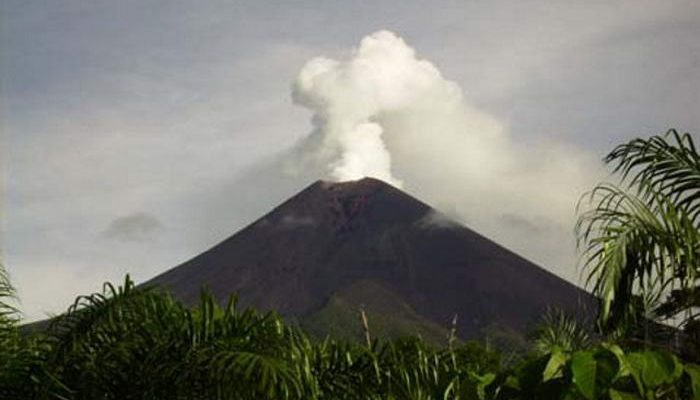Mother Earth, in all her fascinating complexity, never ceases to impress us. Her forces are powerfully on display when it comes to volcanoes. They’re not merely geological formations spewing lava, but a testament to the Earth’s dynamism. These active volcanoes are the gateways to the planet’s core, working tirelessly beneath the surface.
How do these living mountains come into being, and why do they erupt? It’s all about the inner workings of our planet. Deep within the Earth’s crust, under tremendous heat and pressure, rocks melt to form a molten material known as magma. When this magma rises, owing to its lesser density, it accumulates in a magma chamber beneath the volcano. As the pressure in the chamber exceeds the weight of the rocks above, an eruption takes place, letting the magma (now called lava) flow out.
There are more than 1,500 active volcanoes on the Earth, each with its unique personality. Some throw tantrums often, while others remain dormant for centuries, only to wake up abruptly and remind us of their presence. This inherent unpredictability makes them even more intriguing to geologists and adventure seekers alike.
Our planet is dotted with these hotspots, a term aptly defining regions with active volcanoes in the world. These include the Ring of Fire circling the Pacific Ocean, the mid-Atlantic Ridge, and hotspots in Africa and Hawaii. Every active volcano tells a tale of its fiery temperament, and we’ll meet the ten most lively ones in our journey ahead
Whether they fascinate you with their eruptive prowess or charm you with their majestic beauty, one thing is sure – these forces of nature will leave you spellbound! Here’ s a list of 10 most active volcanoes on Earth:
10 – Mauna Loa – Hawaii
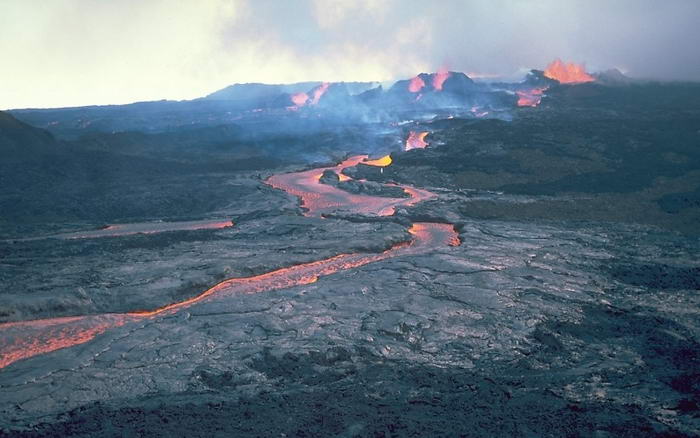
09 – Taal Volcano – Philippines
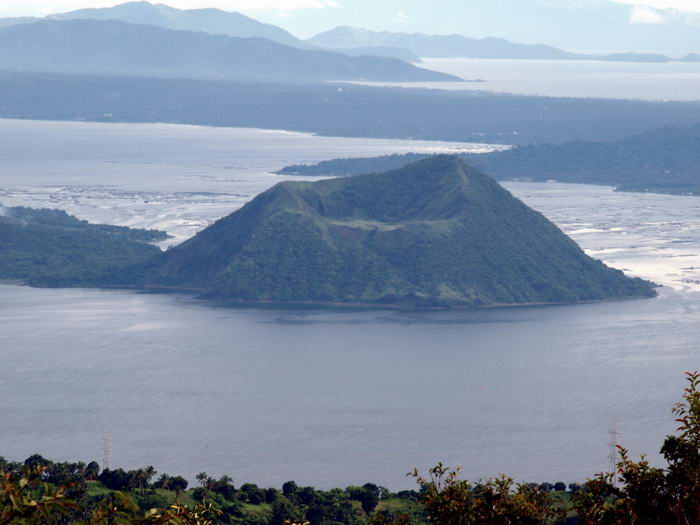
The last eruption was in 1977 but signs of unrest were noticed since 1991, with strong seismic activity and ground fracturing events.
08 – Ulawun, Papua New Guinea
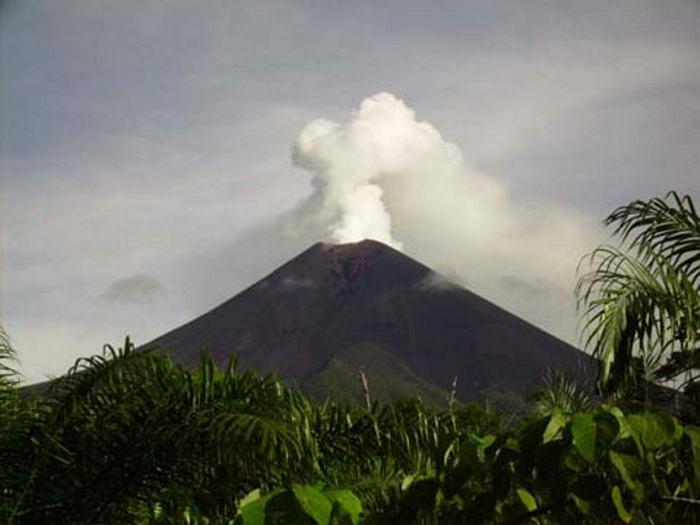
07 – Nyiragongo Volcano
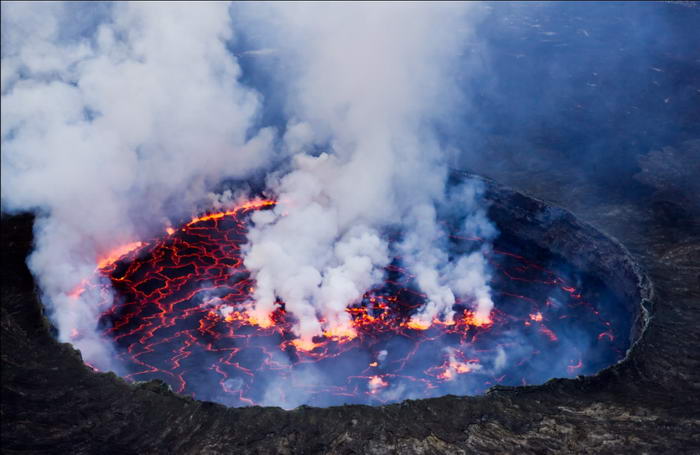
06 – Mount Merapi – Indonesia
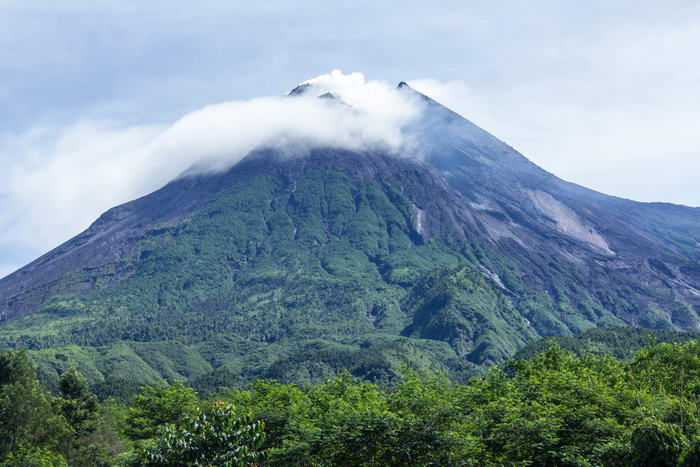
05 – Galeras – Colombia
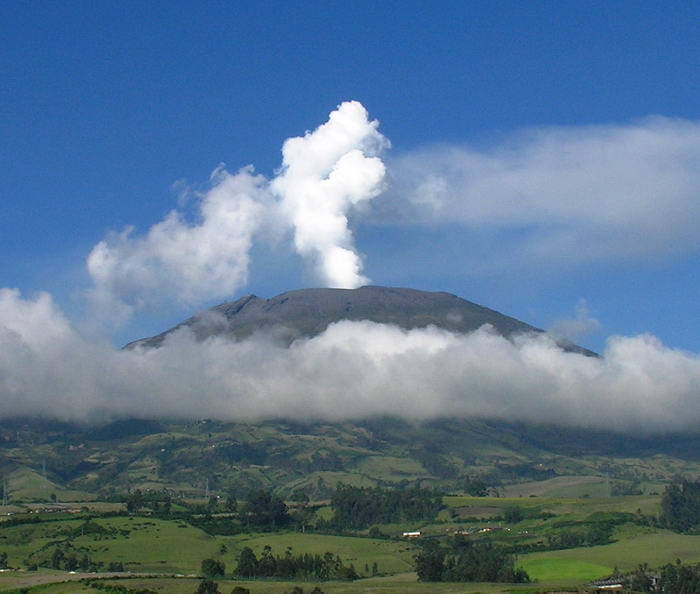
Galeras became active again in 1988 after only a 10 years of dormancy. A Decade Volcano conference in 1993, ended in disaster when several of the scientists mounted an expedition on to the crater of Galeras. An eruption occurred unexpectedly, which resulted in the deaths of six scientists and three tourists.
04 – Sakurajima – Japan
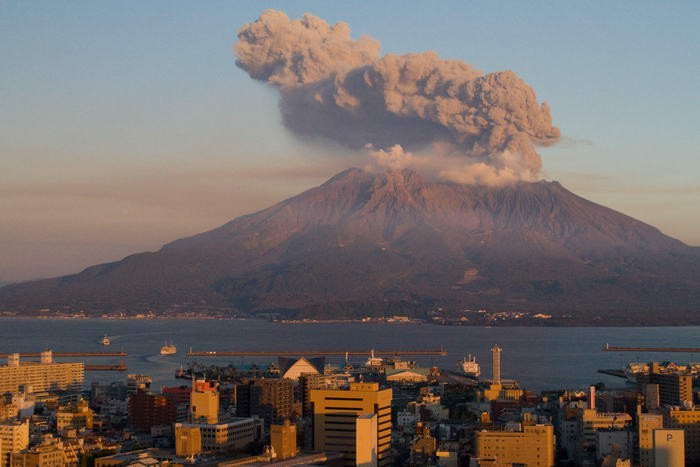
03 – Popocatépetl – Mexico
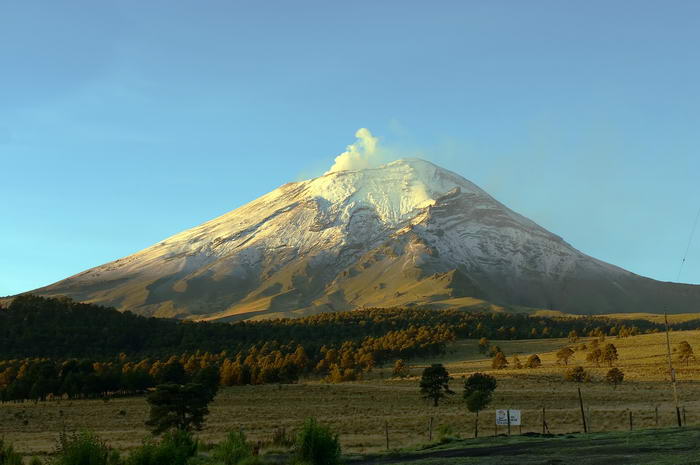
02 – Mount Vesuvius – Italy
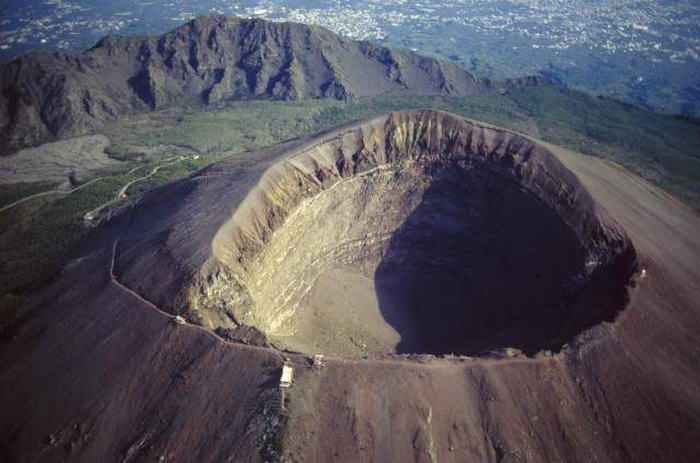
Mount Vesuvius is situated 9 km east of Naples and a short distance to the shore. It is the only volcano on the European mainland to have erupted within the last hundred years. Vesuvius has erupted many times since, most recently in 1944 and is today regarded as one of the most devastating volcanoes in the world because of the population of 3,000,000 people living nearby and its tendency towards explosive eruptions.
01 – Yellowstone Caldera, United States
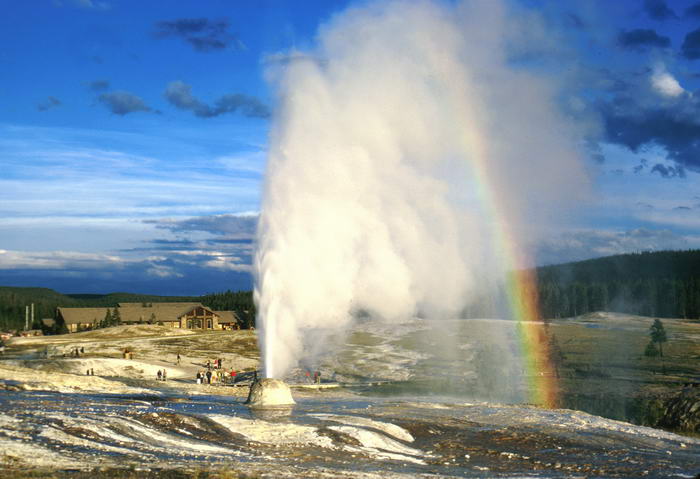
Conclusion
With each active volcano, we got a chance to witness Earth’s creativity and sheer power. It’s a humbling experience, reminding us of the force and dynamism that thrives beneath our feet. Each puff of smoke, each gurgling lava flow, and each explosive eruption is Earth’s own way of saying – ‘I am alive!’
Our understanding of most active volcanoes in the world has come a long way, thanks to technology and science. Yet, the more we learn, the more we realize that there’s so much more left to uncover. It’s a never-ending quest to unravel the mysteries that lie deep within the Earth’s crust.
In the end, these active volcanoes offer us much more than just a spectacle of nature’s power. They remind us of our planet’s dynamism and our place within this complex system. They contribute to the richness of biodiversity, influence climate, and yes, sometimes bring about destruction. But that’s what nature is – it creates, it transforms, and it reshapes.
So, as we wrap up this volcanic journey, let’s acknowledge these fiery giants for what they are – not just the bad guys causing destruction but also the architects shaping our planet’s landscapes. Each active volcano is a testament to Earth’s incessant drive to evolve, a living monument of our planet’s vibrant geological history.


